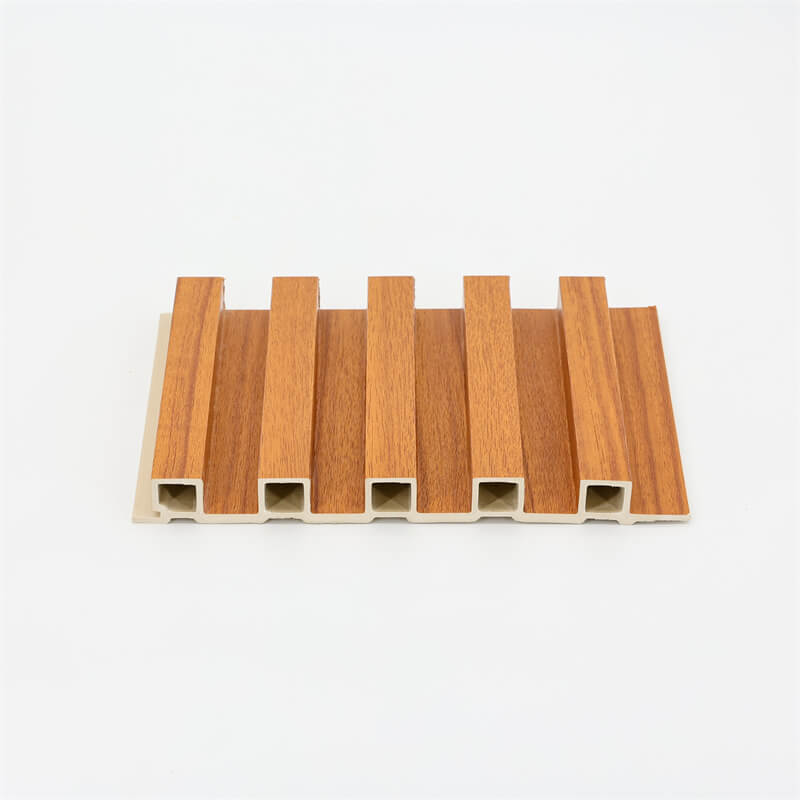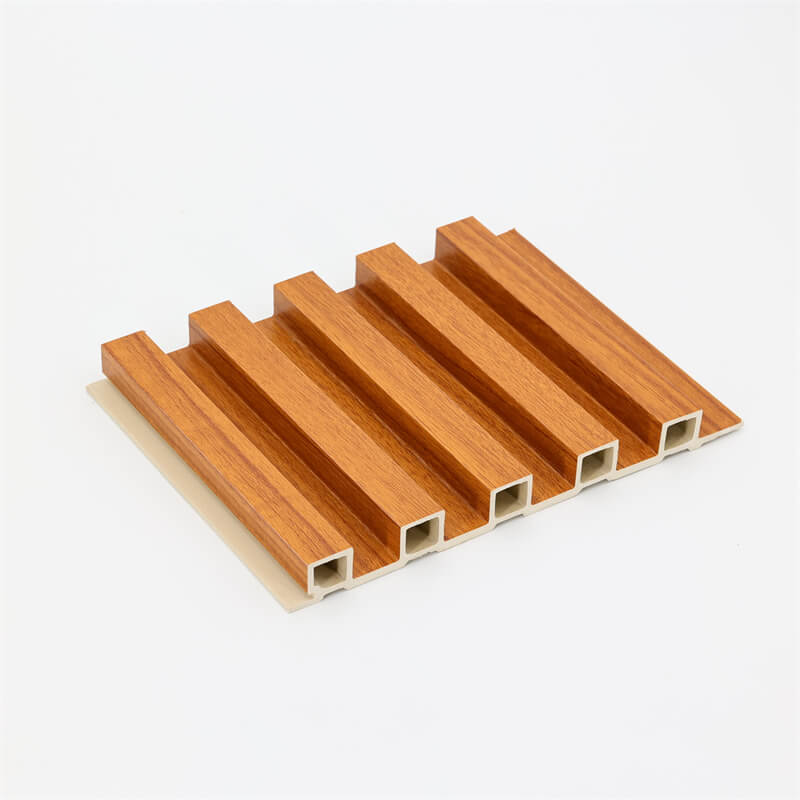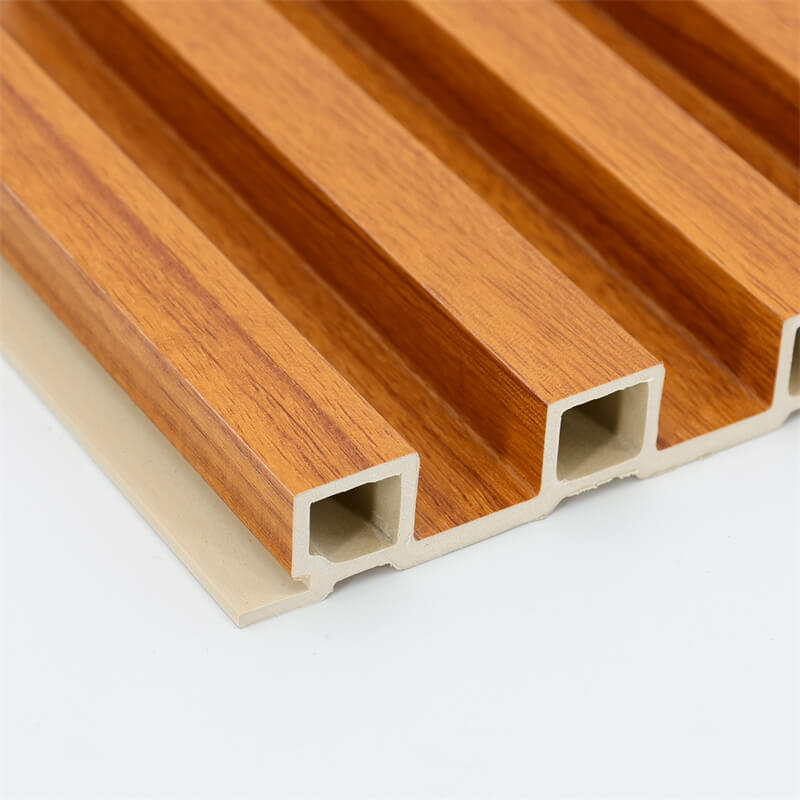
Wood-Plastic Composite (WPC) technology has revolutionized the construction and design industry, offering a sustainable and durable alternative to traditional wood products.
As manufacturers and suppliers continue to push the boundaries of WPC technology, new innovations are constantly emerging, transforming the way we build and design.
In this article, we will explore the latest advancements in WPC technology from the perspective of suppliers, shedding light on the benefits, challenges, and future prospects of this cutting-edge material.
Advancements in WPC Manufacturing Processes
One of the key areas of innovation in WPC technology lies in the manufacturing processes employed by suppliers.
Traditional methods involved blending wood fibers and plastic using conventional machinery.
However, suppliers are now implementing advanced techniques such as co-extrusion and injection molding to enhance the quality and performance of WPC panels.
Co-extrusion allows for the creation of multi-layered panels with improved durability, while injection molding enables precise shaping and intricate designs.
These advancements have resulted in WPC panels that are stronger, more resistant to moisture and insects, and offer a wider range of aesthetic options.

Enhanced Performance and Sustainability
Suppliers are constantly striving to improve the performance and sustainability of WPC panels.
Through extensive research and development, manufacturers have introduced additives and reinforcements that enhance the strength, weather resistance, and fire-retardant properties of WPC panels.
This has opened up new possibilities for using WPC in a wider range of applications, including outdoor decking, cladding, and furniture.
Additionally, suppliers are increasingly incorporating recycled materials into their WPC panels, reducing the reliance on virgin plastics and promoting environmental sustainability.
Customization and Design Flexibility
One of the significant advantages of WPC technology is its versatility and design flexibility.
Suppliers are investing in advanced machinery and technologies that enable precise customization of WPC panels to meet the specific requirements of architects, designers, and end-users.
This includes offering a wide range of colors, textures, and finishes, as well as the ability to create custom designs and patterns.
With the advancements in printing technologies, suppliers can now replicate the natural look and feel of wood, stone, or other materials on the surface of WPC panels, providing endless design possibilities for various interior and exterior applications.

Addressing Cost and Market Challenges
While the innovations in WPC technology have brought about numerous benefits, suppliers also face challenges in terms of cost and market demand.
The initial investment in advanced machinery and technologies can be substantial, affecting the overall price of WPC panels.
However, as the demand for sustainable and durable building materials continues to grow, economies of scale and increased competition among suppliers are driving down prices.
Additionally, suppliers are working closely with architects, contractors, and developers to educate them about the long-term cost savings and environmental benefits of using WPC panels, further boosting market demand.
Innovations in WPC technology have transformed the construction and design industry, offering sustainable, durable, and aesthetically appealing alternatives to traditional wood products.
From advancements in manufacturing processes to enhanced performance and design flexibility, suppliers are at the forefront of pushing the boundaries of WPC technology.
While challenges such as cost and market demand exist, the long-term benefits and growing interest in sustainable building materials indicate a promising future for WPC technology.
As suppliers continue to innovate and collaborate with industry stakeholders, we can expect to witness further advancements and widespread adoption of WPC panels in construction and design projects worldwide.
As the demand for WPC panels continues to grow, suppliers are constantly looking for ways to improve their manufacturing processes and enhance the performance and sustainability of their products.
By incorporating advanced techniques, additives, and recycled materials, suppliers are pushing the boundaries of WPC technology, resulting in panels that are stronger, more resistant to the elements, and environmentally friendly.
Moreover, the design flexibility of WPC panels allows suppliers to cater to the unique needs and preferences of their customers, offering a wide range of colors, textures, and finishes.
Despite the initial investment in advanced machinery, suppliers are working diligently to reduce costs and educate the market about the long-term benefits of WPC panels.
With the ongoing innovations and increasing market demand, the future of WPC technology looks promising, and suppliers are poised to play a crucial role in shaping the industry.
